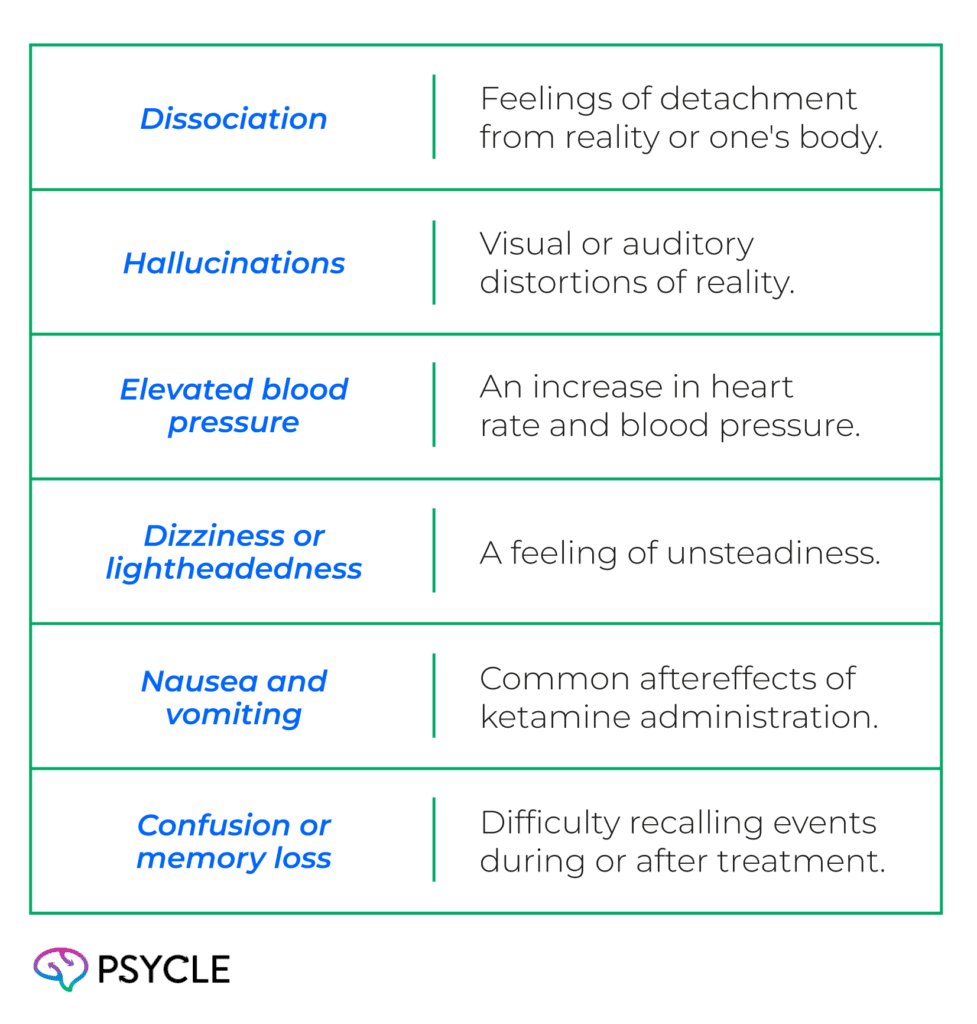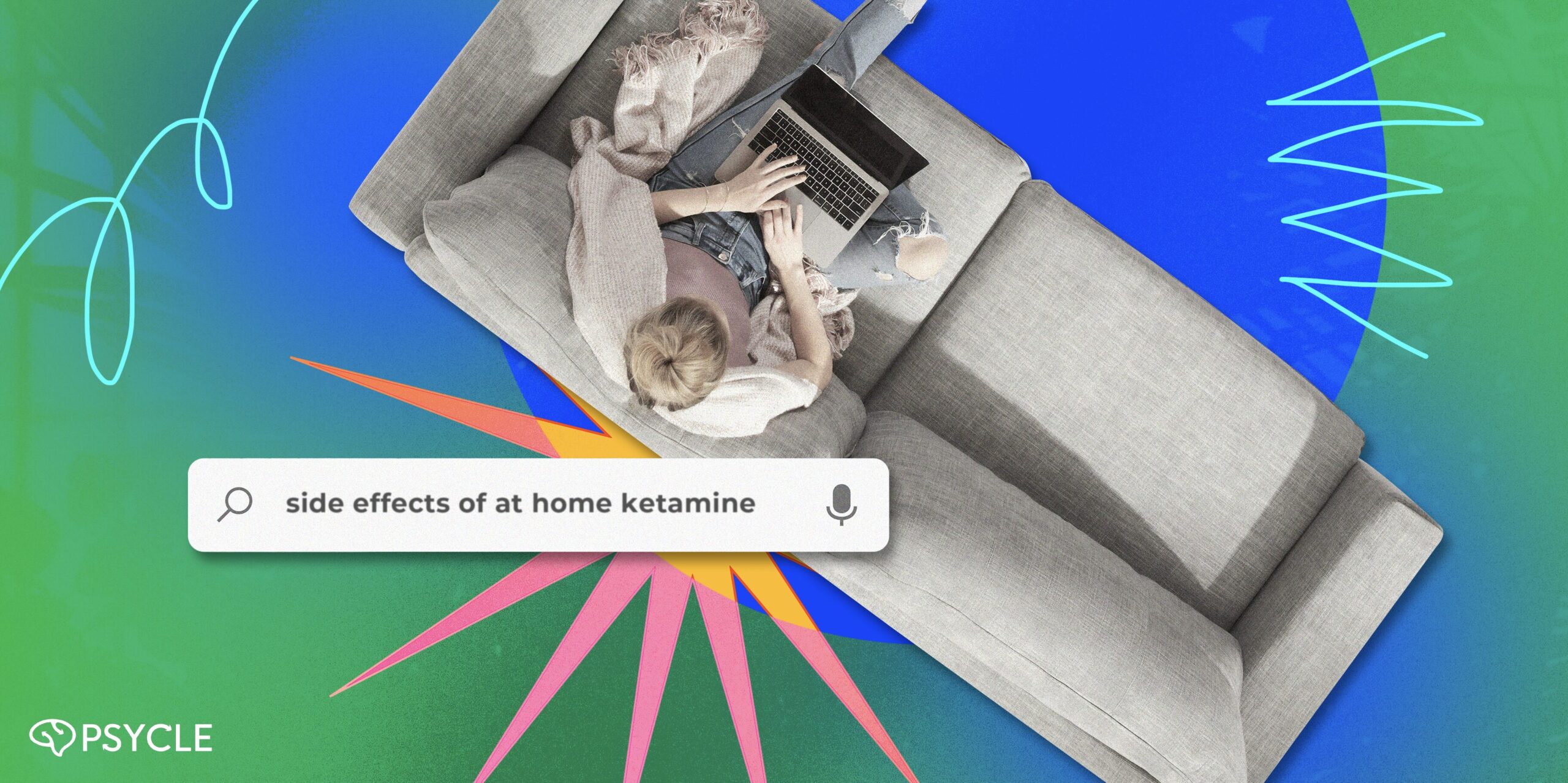At-home ketamine offers a convenient way to access a promising medical treatment, but it’s important to understand the risks. This article covers the potential side effects and shares harm-reduction strategies to help minimize them.
Key Takeaways
- At-home ketamine treatment is becoming more accessible through telehealth services.
- Ketamine offers potential benefits for treating mental health conditions, including depression and anxiety.
- Risks of at-home ketamine include side effects such as dissociation, hallucinations, and increased blood pressure.
- Addiction and drug interactions are significant concerns when using ketamine without professional oversight.
- Injectable ketamine carries additional risks and should be used with caution.
- Harm reduction strategies, including psychological support and careful provider selection, can help minimize risks.
The Rise of Ketamine Telehealth
Telehealth is the use of technology to provide healthcare services remotely, allowing patients to receive medical care from the comfort of their own homes or other locations. This can include virtual doctor visits and consultations with healthcare providers via video calls, phone calls, or even text messages.
Telehealth has been around for a long time, but it became much more widespread during the COVID-19 pandemic, including for services like ketamine therapy. Before 2020, federal law required doctors to have an in-person consultation with a patient before prescribing controlled substances.
However, this requirement was waived during the pandemic, allowing for remote ketamine prescriptions.
Providers such as Mindbloom and Better U have since become leaders in offering telehealth-based ketamine treatment. These services often include video consultations with licensed medical professionals, who assess the patient’s eligibility for ketamine, deliver the medication through the post, and monitor their progress throughout the process.
Different clinics have different protocols for virtual ketamine care. Some clinics ensure a professional is present via video call while a patient self-administers the ketamine, while some don’t provide any real-time virtual oversight.
Many providers have specialized apps for patients to record their progress and access supportive resources.
How is Ketamine Administered at Home vs. In-Clinic?
Ketamine can be administered through various methods, including intravenous (IV) infusion, nasal spray, intramuscular (IM) injection, or oral tablets.
In an in-clinic setting, patients typically receive IV infusions or injections under the supervision of trained healthcare providers. However, at-home ketamine therapy primarily involves the use of nasal sprays or oral tablets, which patients can take themselves.
While the at-home approach offers convenience, it also means that patients are responsible for managing their treatment without the direct oversight of a healthcare professional. This difference is significant, as the risks of improper administration or misuse are higher without in-person support.
Benefits of At-Home Ketamine Use
Convenience and Accessibility
One of the biggest advantages of at-home ketamine treatment is convenience. For individuals with limited mobility or social anxiety, traveling to a clinic can be a significant barrier to receiving treatment.
At-home ketamine therapy allows patients to access this treatment in a comfortable and familiar environment without the stress of going to a clinic. This makes it especially appealing to those who live in remote areas or have difficulty leaving their homes.
Another advantage of at-home ketamine is it’s affordable. At-home ketamine is usually much cheaper than in-clinic treatments since it doesn’t come with the costs of hospital fees or on-site staff. However, it’s less likely to be covered by insurance.
Additionally, at-home ketamine programs offer more flexibility in terms of when patients take the medication. This makes it easier to fit treatment into their lifestyle without the need to plan for transportation to and from a clinic.
Risks of At-Home Ketamine
While at-home ketamine therapy offers benefits, it also comes with a range of potential risks. The absence of in-person medical supervision often amplifies these risks.
Side Effects of Ketamine
Ketamine use can result in various side effects, some of which are psychological in nature. Common side effects include:

Without in-person support, these side effects can be challenging to manage. For instance, individuals may experience disorientation or confusion during the ketamine experience and may not have immediate access to assistance if they need it.
Ketamine Addiction
Ketamine is a drug of abuse and interacts with the brain’s dopamine reward system, which raises the risk of addiction. Chronic use of ketamine can lead to tolerance, meaning that individuals may need to take larger amounts to achieve the desired effect.
Over time, this can result in physical and psychological dependence.
Without proper oversight, the risk of addiction is higher when using ketamine at home. People may misuse the drug or develop a pattern of use that is difficult to control. Ketamine addiction can have serious long-term consequences, including cognitive impairments and damage to the bladder, kidney, and liver.
Ketamine-induced cystitis–a dangerous inflammation of the bladder–is a growing medical problem, with recreational ketamine use on the rise. Studies show that regular ketamine use increases the risk of cystitis symptoms by three to fourfold.
No Management for Drug Interactions
Ketamine can interact with other medications, such as benzodiazepines and other central nervous system depressants. These interactions can be dangerous and may lead to life-threatening conditions like respiratory depression.
While telehealth providers should screen patients for these risks and ensure there are no harmful interactions when prescribing ketamine, it’s harder to monitor these interactions when the treatment is done at home.
Without immediate access to a healthcare professional, detecting and addressing potential risks becomes more difficult.
At-Home Injectable Ketamine
A select number of providers, including Mindbloom, have begun offering at-home injectable ketamine. While these companies provide detailed instructions on how to use the equipment, improper administration can lead to serious health complications, including infection and accidental overdose.
Injectable ketamine is also more bioavailable than oral tablets or nasal sprays, increasing the chance of side effects.
At-Home Ketamine Harm Reduction
To reduce the risks associated with at-home ketamine use, several harm-reduction strategies should be followed:
1. Ensure Psychological Support
Having access to psychological support during ketamine therapy is crucial. Many telehealth providers offer remote mental health counseling or check-ins with therapists before and after ketamine sessions.
This support helps patients process the effects of ketamine and address any psychological issues that may arise during treatment.
Before choosing a provider, contact them to know you’ll have ongoing access to a guide or therapist. If not, either look for another provider or ensure you have other means of psychological support throughout the treatment process.
2. Choose a Trusted Provider
Selecting a reputable telehealth provider with a strong track record of patient success is essential. Providers should offer adequate monitoring and support throughout the treatment process.
Look for providers with experienced medical professionals available for consultations and emergencies, as well as experienced therapists you can speak to in case of psychological difficulties.
You’ll also benefit from choosing a provider that offers integration support. Integration helps you process ketamine experiences and apply any positive changes to your everyday life.
3. Establish a Safe Environment
Using ketamine in a quiet, comfortable space where you feel safe can help reduce the likelihood of negative experiences, such as anxiety or confusion. Make sure the space is free of distractions and that you have a trusted friend or family member nearby to assist you if necessary.
4. Start with Low Doses
If you are new to ketamine, it is essential to start with low doses to assess how your body responds to the drug. Gradually increasing the dosage under the guidance of a healthcare provider can help prevent unwanted side effects or negative experiences.
Ideally, you will have a thorough assessment with a medical professional before starting the therapy and help determine a suitable starting dose based on your needs. This dose may or may not be increased during the course of treatment, depending on how you respond.
5. Avoid Mixing Ketamine with Other Drugs
Ketamine should not be mixed with other substances, especially alcohol or medications that affect the central nervous system. Always consult with a healthcare professional before combining ketamine with any other drugs.
You should ideally cover any drug interactions with a medical professional as part of your treatment.
Frequently Asked Questions
Is At-Home Ketamine Cheaper?
Due to the lack of facility overhead costs, at-home ketamine therapy may be more affordable than in-clinic treatments. However, the overall cost can vary depending on the provider and the specific treatment plan.
What’s the Best Type of At-Home Ketamine?
The best type of at-home ketamine will depend on individual needs and preferences. Nasal sprays and oral tablets are the most common methods, but it is important to consult with a healthcare provider to determine the best option for your condition and medical history.

